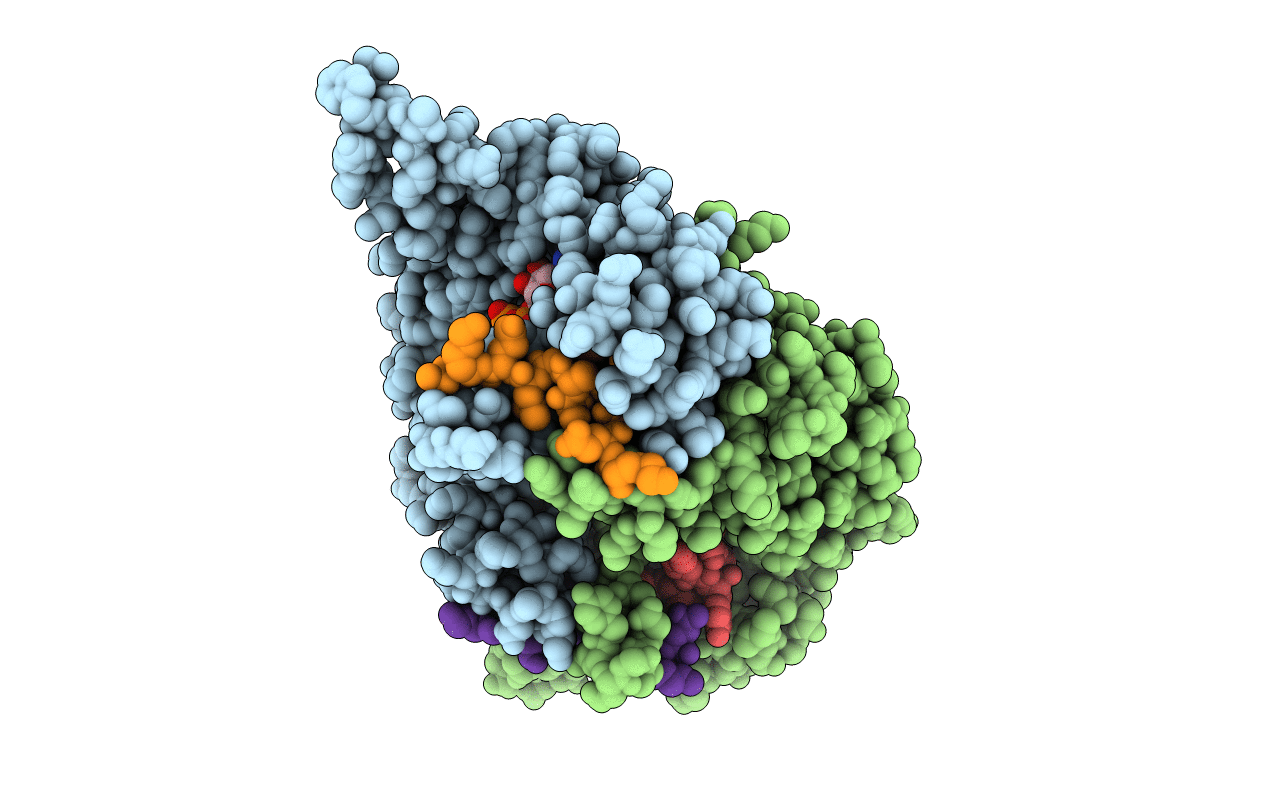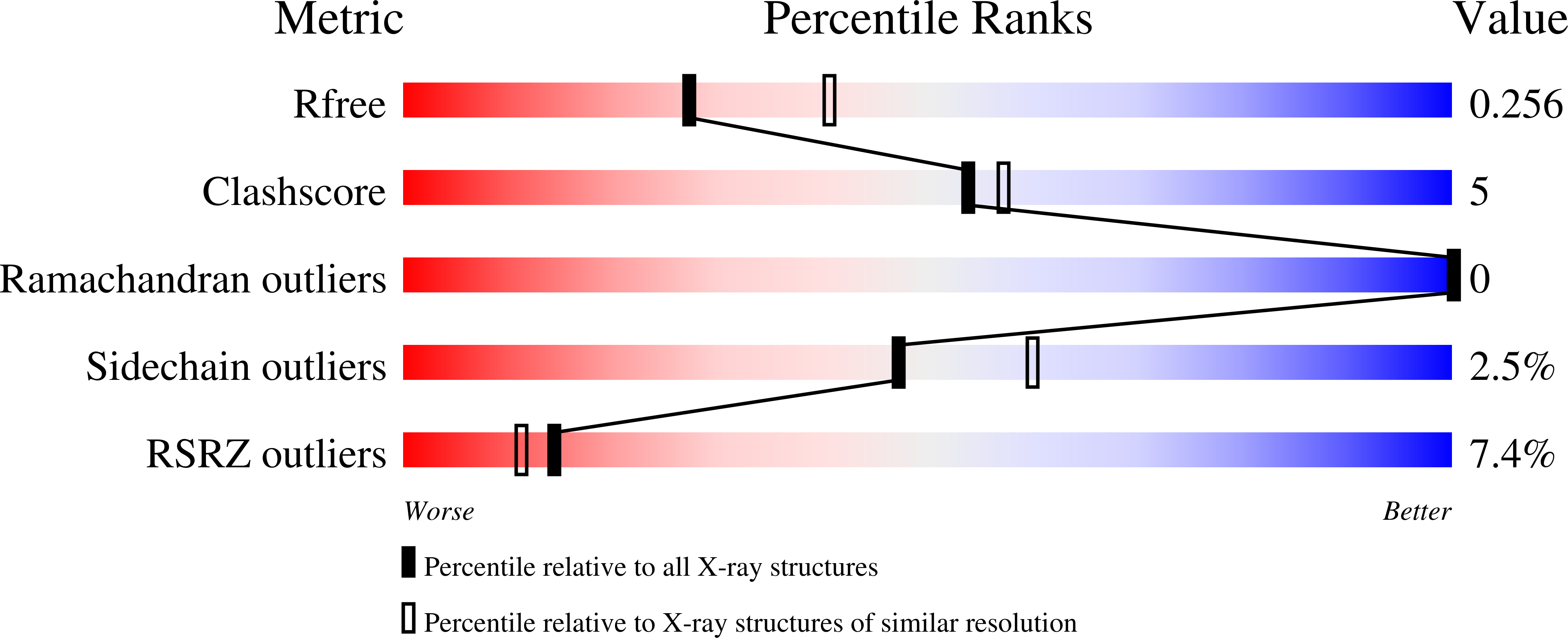
Deposition Date
2021-04-13
Release Date
2021-06-23
Last Version Date
2023-10-18
Entry Detail
PDB ID:
7MGV
Keywords:
Title:
Chryseobacterium gregarium RiPP-associated ATP-grasp ligase in complex with ADP, and a leader and core peptide
Biological Source:
Source Organism:
Chryseobacterium gregarium DSM 19109 (Taxon ID: 1121287)
Host Organism:
Method Details:
Experimental Method:
Resolution:
2.44 Å
R-Value Free:
0.25
R-Value Work:
0.20
R-Value Observed:
0.20
Space Group:
P 21 21 21


